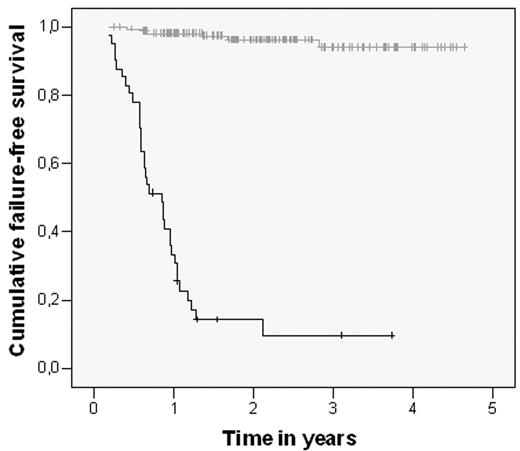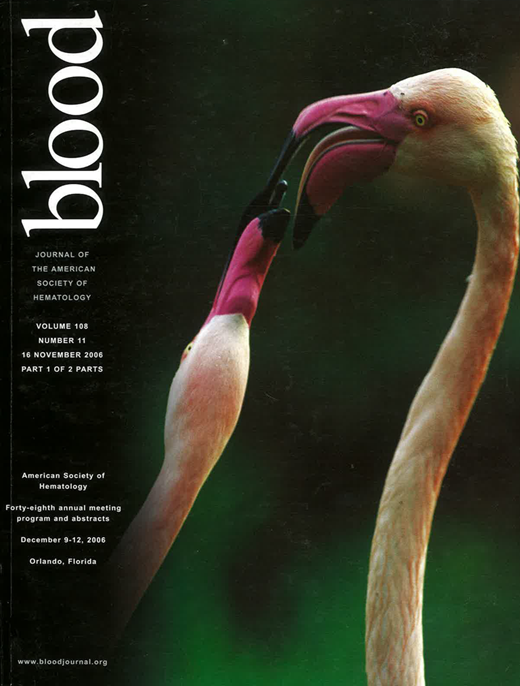Abstract
Background: FDG-PET scan performed early during chemotherapy (CT) is a powerful prognostic tool in lymphoma management. This study aimed to compare the predictive value on treatment outcome of the International Prognostic Score (IPS) with that of FDG-PET scan performed after two courses of standard CT in untreated advanced stage (AS) HL patients.
Patients: From December 2001, 202 new AS HL patients were consecutively admitted to 11 Italian and 3 Danish hematological centers, on behalf of Intergruppo Italiano Linfomi and Danish Lymphoma Cooperative Group. The mean age was 35.5 years (14–79), the male/female ratio 105/97; AS (IIB–IVB) was present in 153, and unfavorable stage IIA (> 3 nodal sites involved or sub-diaphragmatic presentation or bulky disease or ESR > 40) in 49. Bulky and extranodal disease was recorded in 71 and 58 patients, respectively. All patients had FDG-PET at baseline (PET-0) and after 2 courses of CT (PET-2). 192 patients were treated with ABVD, 8 with ABVD-like CT, 2 with BEACOPP. 102 patients received consolidation radiotherapy after CT. All patients were given the therapy programmed at baseline, except in case of overt progression.
Results: The mean time from the diagnosis to latest follow-up was 796 days (range 91–1716). 164 patients attained CR while 38 were chemoresistant: 34 showed disease progression during CT and 4 showed early relapse (within 6 months) after CR entry: (+28 – +178 days). 4 out of the 164 pts attaining CR relapsed later than 6 months. In univariate analyses, both PET-2 (p<0.0001) and IPS (p<0.001) were significantly associated with a higher probability of treatment failure. However, in a multivariate analysis only PET-2 was independently predictive of relapse/progression probability (51.0; 95 % C.I. 20.9 – 124.2). The sensitivity of PET-2 for treatment failure was 85%, the specificity 96% and the overall accuracy 94%. The 2-y FFS probability for PET-2 negative and for PET-2 positive patients were 96% and 14%, respectively (log Rank test, p<0.0001; Fig. 1).
Conclusions: so far, FDG-PET after two cycles of CT is the most powerful tool available for predicting treatment outcome in AS HL.
Disclosure: No relevant conflicts of interest to declare.
Author notes
Corresponding author


